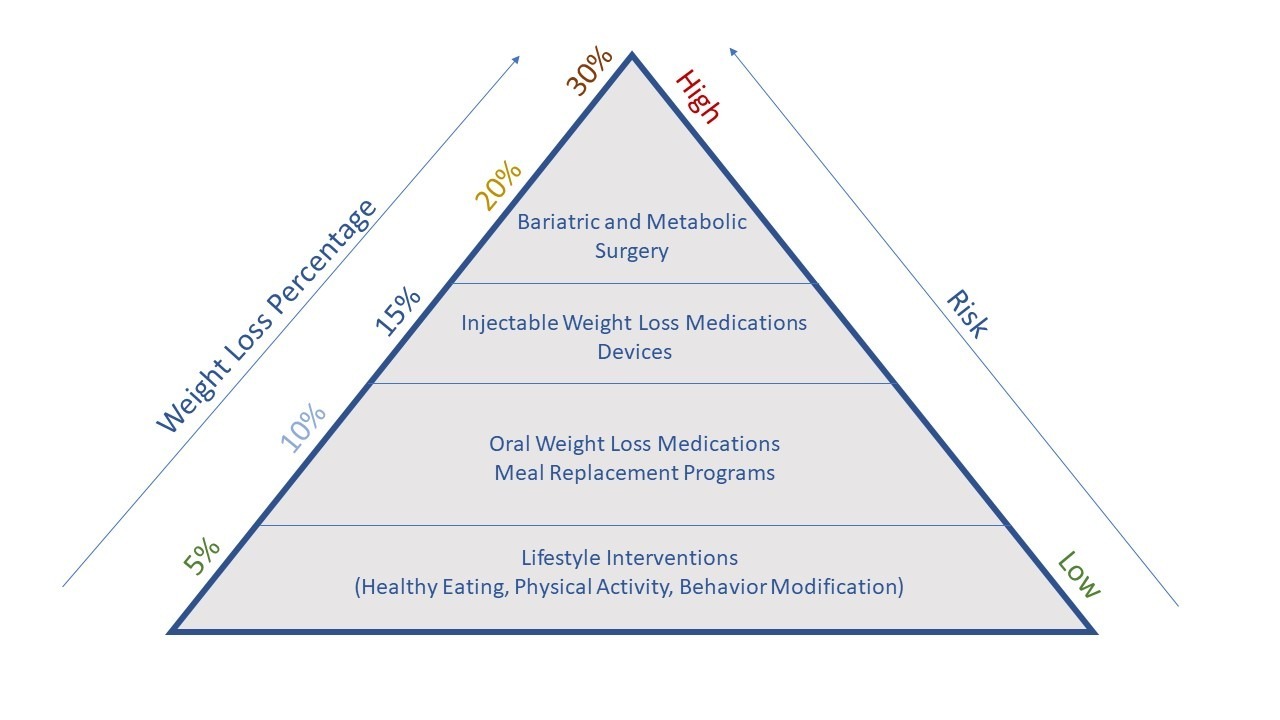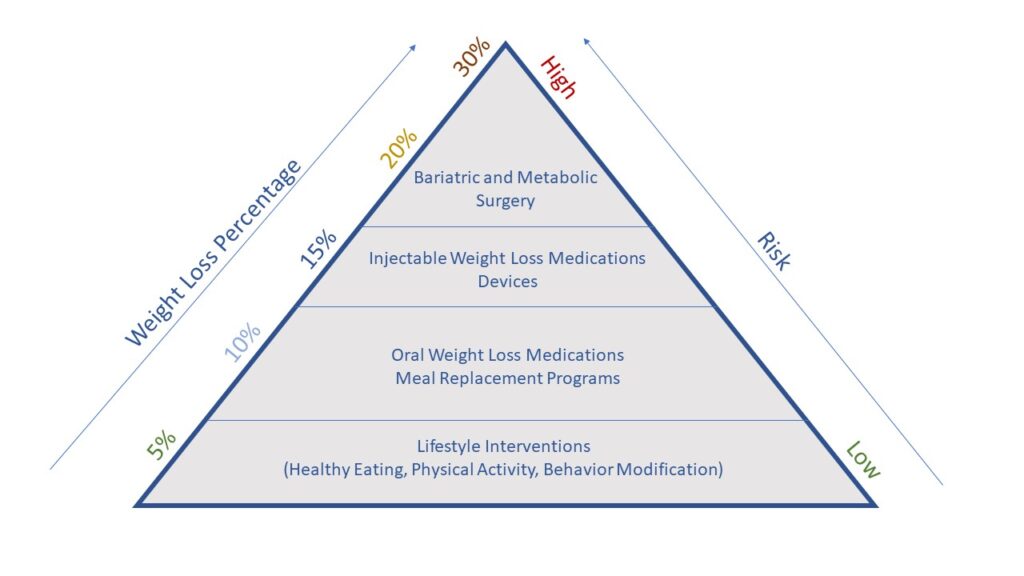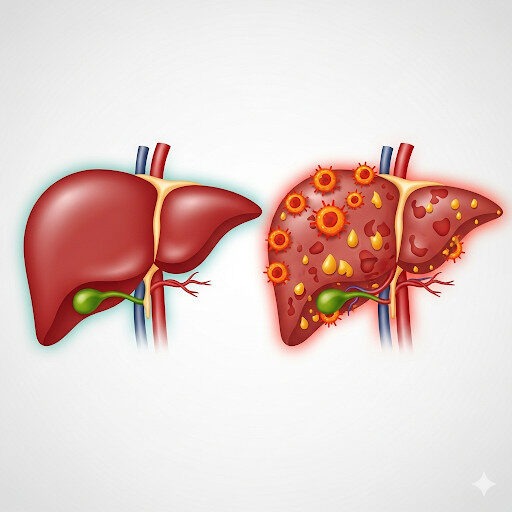
Weight Loss Percentage: Understanding Weight Loss Goals
The most common question I receive about medical weight loss from patients is: “How much weight should I lose?”
Inappropriate weight loss goals
It is not surprising that people pick a goal weight from some time in their past when they enjoyed better health, felt great, and liked how they looked – often a weight from when they were in High School. Alternatively, people look at their body mass index (BMI) and calculate where it would be “normal” for their height, or alternatively, look at the old “Ideal Body Weight” tables based on gender and height.
Body Mass Index (BMI) and weight loss goals
Unfortunately, these weight loss goals, while they may seem reasonable on the surface, oftentimes are impossible. Just because we were a lighter weight 30 years ago does not mean that is our normal weight today – much like our blood pressure or blood sugar may run higher now than back then. BMI, an observational number invented by a Belgian Mathematician Adolphe Quetelet in 1835, is mainly useful to look at populations, not at individuals, and the concept of “Ideal Body Weight” was developed to charge people more money for health insurance the heavier they got – not for setting healthy, achievable weight loss goals.
Body weight regulation
Instead of these out-of-date methods, let’s look at the science behind weight. The human body is very efficient at body weight regulation and resists changes. Unfortunately, much like diabetes or heart disease, obesity is a medical disease and develops gradually over many years. As our body weight gets higher, it resists our efforts to lose the weight because the fat stores protect themselves. The body adjusts its metabolic rate and also its levels of hunger and satisfaction hormones to resist weight loss. Because of this, we need to think of wherever our weight is now as our “Normal” weight. If we lose weight, the body knows it is now in a weight-reduced state. Therefore, instead of thinking about a “Goal Weight,” it is more important to think of where we are now, and what percentage of weight loss we’d like to achieve. So, for example, if a person was 200 pounds and lost 10% of their body weight, they’d lose 20 pounds, and would now be 180 pounds.
Weight loss intensity
I like to think of weight loss amount as varying relative to the intensity of the medical weight loss tools used. In fact, we have good scientific studies on many evidence-based tools for weight loss. These tools, and the expected percentage of weight loss is shown below:

Lifestyle weight loss interventions
Many people think that by changing how much they eat or how much they move, they can be any weight they want – they feel that if they eat and move how they did in High School, they could again be that weight. Unfortunately, this just isn’t how the body works. Behavioral weight loss programs, including multitudes of commercialized programs, show an average of 5% weight loss at 1 year. While this might not sound like a lot, 5% weight loss is actually enough to provide meaningful health benefits – it lowers diabetes risk, blood pressure and cholesterol numbers.
Other lifestyle interventions would fit on this lowest level of the pyramid as well – ketogenic diets, working out with a trainer, using a computer or phone based ap, fitness watches, intermittent fasting, etc. Many individuals do particularly well with one approach, so it is great to figure out the best behavioral approach for yourself. Only after maximizing behavioral approaches should we move up the pyramid to the next higher rung.
Meal replacement programs and FDA-approved prescription oral weight loss medications
If we add on a meal replacement program like Optifast, this can double the amount of weight loss achieved (10-15%). Oral weight loss medication (like phentermine, tenuate, Contrave, or Qsymia) also typically yields around 10% weight loss. Combining these tools, we oftentimes see 10-15% weight loss, or for some individuals, as high as 20%.
Multi-component weight loss intervention is key
At Clinical Nutrition Center, we have many patients achieve 10-20% sustained weight loss by combining all of these tools – behavioral intervention, meal replacements, and oral medications. We call this approach a “Multi-component” weight loss intervention. Although some patients can lose more than 20% of their total body weight, this would not be the expected result of a medical intervention, and sustaining high amounts of weight loss like this is extraordinarily difficult due to changes in the body’s biology.
When viewed this way, it stands to reason that the weight loss is only sustained as long as the treatment is continued. Therefore, it is important to choose tools that will remain safe and effective for the long-haul.
Wegovy and Bariatric (Weight Loss) Surgery
Our newest weekly injectable weight loss medications (Wegovy, others in development) seek to bridge the gap between our older tools and bariatric surgery, yielding 15-20% weight loss at 1 year. Nevertheless, for patients needing higher amounts of weight loss (particularly those who’s BMI remains above 40, or above 35 with other weight-related medical problems), if unable to achieve that with the above tools, then surgery can be considered as an adjunctive treatment to the other tools.
Summing it all up
So there you have it – if you’d like to lose 5-10% of your total body weight, start with a well-formulated behavioral weight loss program including lifestyle intervention, healthy eating and reasonable amounts of physical activity. If you’d like to shoot for 10-15% weight loss, consider a meal replacement (or partial meal replacement) program and/or prescription weight loss medication. If higher amounts of weight loss are needed and not achieved by these tools, check insurance coverage for Wegovy, or if your BMI is still in the range where surgery can provide dramatic health benefits, consider a surgical approach.





Depressing.
Mae Lynne – sorry – that was not the intent of this post. However, thinking about a goal weight as a percentage reduction from current, then looking at the science behind the different treatment options is a more effective strategy than picking an arbitrary goal from our past. All the best.